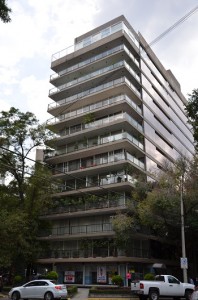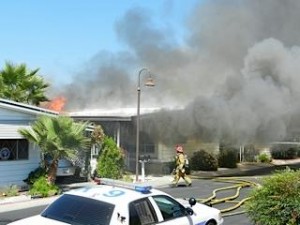Get something going with neighbors!

We’re seeing our neighbors again for the first time in a LONG time!
Three weeks ago I went to my first face-to-face, no-masks meeting since mid-March 2020. After 14 months of being shut-in at home, I felt almost giddy! That was the first such meeting. Since then, I’ve been part of two more. It’s been invigorating! In fact, a desire to “Get something new going!” seems to be catching!
In case you’re ready to get something going, too, here is an idea for spreading the preparedness word.
Write and share a personal story about disaster!
I was encouraged to write just such a story when I saw an invitation on LinkedIn. It came from Mark Keim, MD, one of the emergency preparedness professionals I follow. He had put out a Help Wanted blurb, asking for personal stories to include as part of a series on his website, DisasterDoc.org. The website is a comprehensive one, focused on preventing public health emergencies around the world.
I submitted my story, and it was accepted! It is another look at what happened to us and our neighbors last year when we were threatened by a wildfire. You may want to give this version a quick read on the DisasterDoc blog, particularly if you are working with any fire departments or city emergency management agencies. For sure, evacuation will be on the danger list for many this summer!

The picture shows how my article was announced on LinkedIn. And here’s the link to the website blog page where the article appears: https://disasterdoc.org/blog/
While you’re there, be sure to read Mark’s post titled “How a children’s book saved my life!” That personal story is what caught my attention in the first place.
OK, with all that background, here’s my own HELP WANTED blurb, and your chance to get something new going!
Let’s hear YOUR story of an experience you’ve had working with neighbors in an emergency or preparing for one.
You wouldn’t be reading this if it didn’t matter to you what happens to other people in an emergency. Why do I know that? Because anyone interested in preparedness knows you can’t really prepare all by yourself!
After all, when the hurricane hits, and your home is threatened by storm surge, so is every home around you. When the power goes out, what your neighbors do – or likely don’t do – comes right back to haunt you!
Here’s an excerpt from Elizabeth’s story about neighborhood preparedness.
Elizabeth wrote to me just a couple of weeks ago about having helped plan and practice an evacuation of her Northern California mobilehome park neighborhood – in advance of this summer’s wildfire season.
Her intro sentence was . . .“Well, we had our modified, practice Evacuation Drill last weekend and if I do say so myself, it went off rather well.”
Her report went on to talk about who participated and who didn’t, how many people had Go-bags at the ready, what a difference the donut hole snacks made.
She further reported — and this is key — that “Volunteers on almost every street offered to help disabled folks, notify them, and help them get out of the park. That is still a big issue! Where does personal responsibility start? Where does it end? What responsibility do we have for our neighbors?”
Great, eh? What story can you share? Maybe . . .
- You took a great Red Cross class or finished a refresher course? (The takeaway?)
- You’ve met with just a few neighbors to find out where the gas line shut-offs are? (What prompted it?)
- You’ve planned emergency drills with teachers at your kid’s school? (Were your efforts welcomed?)
- You made it through the Texas power outage? (What helped?)
- You’re an EMT and have a story to share about your team? (Heroes all!)
We’d love to know what you and your neighbors have done, or are doing, to be safer and smarter in the face of emergencies.
Nothing works like real stories to give the rest of us encouragement and ideas!
Just drop me an email with your idea! We’ll make sure you get your story written and published here as part of our “Get something going with neighbors” focus for the summer!
Virginia
Your Emergency Plan Guide team
P.S. Many websites managed by “regular folks” are devoted to prepping, wilderness survival skills, etc. We do a lot of that too, but what we do that sets Emergency Plan Guide apart is getting the wider community involved. This Advisory is another effort to do that – and your story will help!

 But what about renters?
But what about renters?
